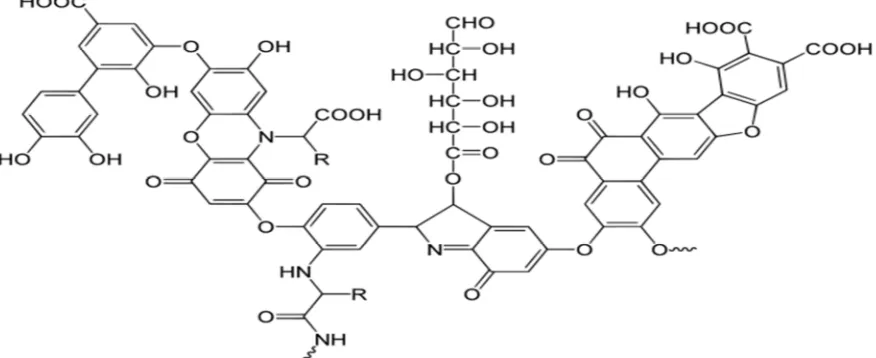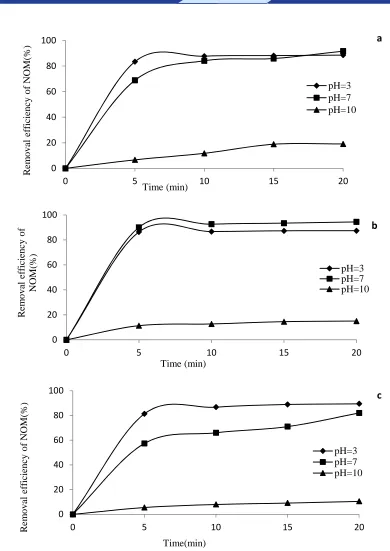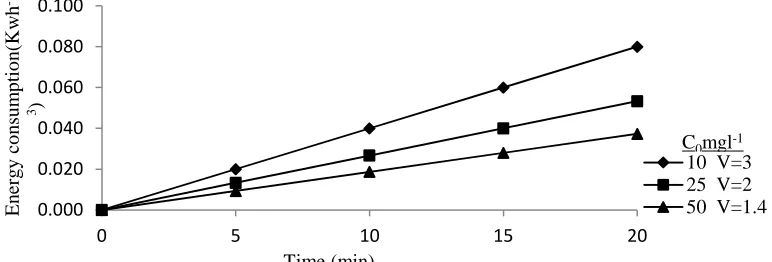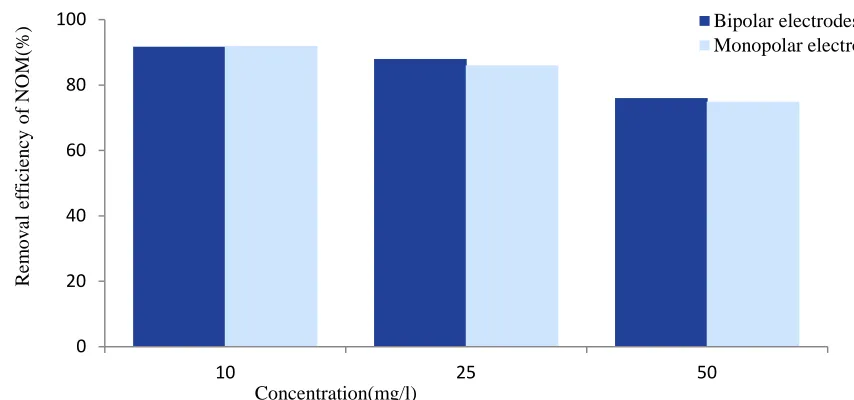Removal of natural organic matter from aqueous solutions by electrocoagulation
Full text
Figure




Related documents
In particular, the research explores to what extent the appreciation of Australian dollar could affect the Australian domestic tourism industry, as measured by the number of
Moreover, we found that the sigmoid (logistic) function conventionally used in NN models is appropriate for the forecasting problem concerned, although the results obtained for
Workable solutions were selected from the modern maintenance methods and techniques and applied for improving the maintenance performance namely; Conditioned based
Until quite recently, most IT outsourcing research focused primarily on its antecedents, benefits, risks, scope, performance, and contracting, while the
The project consists of a number of activities with the objective of reforming the existing curriculum and the introduction of new study tracks within the exiting Masters
There are two main difficulties with growing SCN-resistant soybean varieties continuously and not monitoring SCN populations: first, SCN populations vary widely in densities
The objectives of this study were to: (i) quantify soybean yield loss in a South Dakota field based on Palmer amaranth density, which remained or emerged after POST

